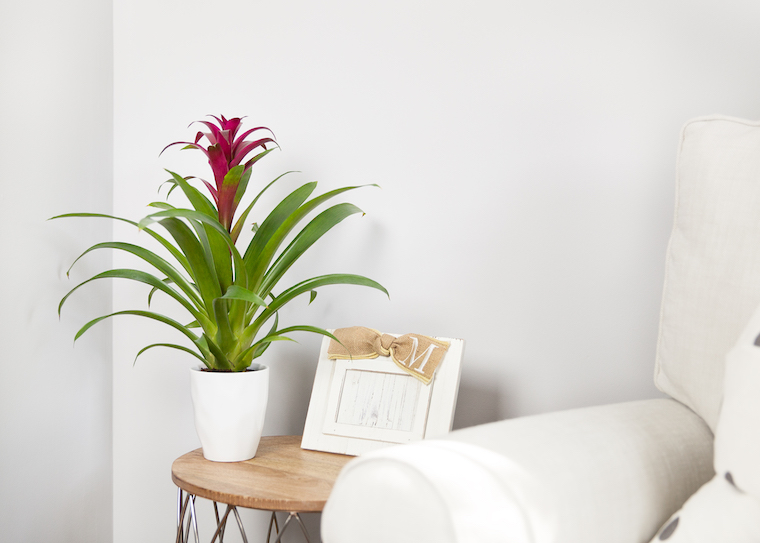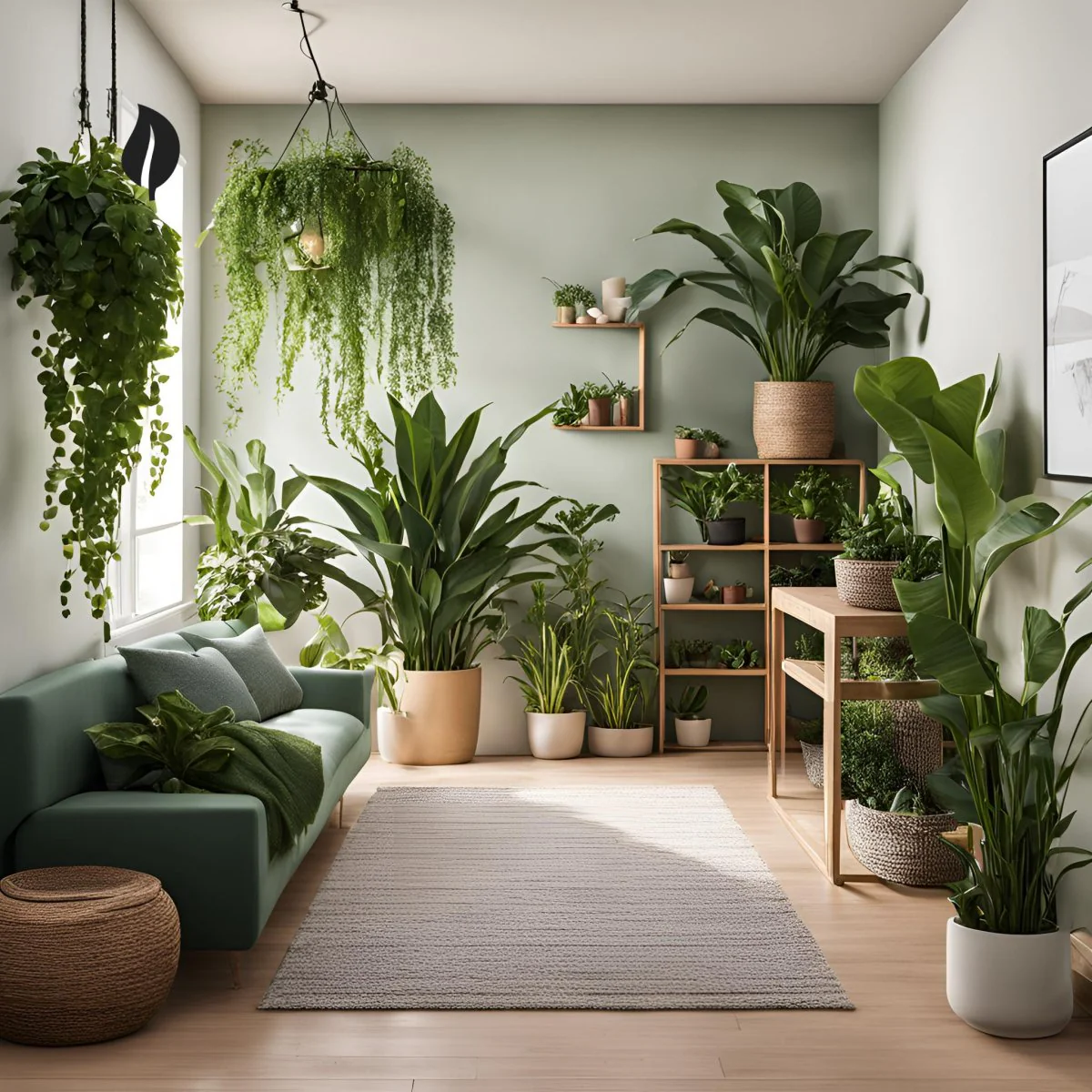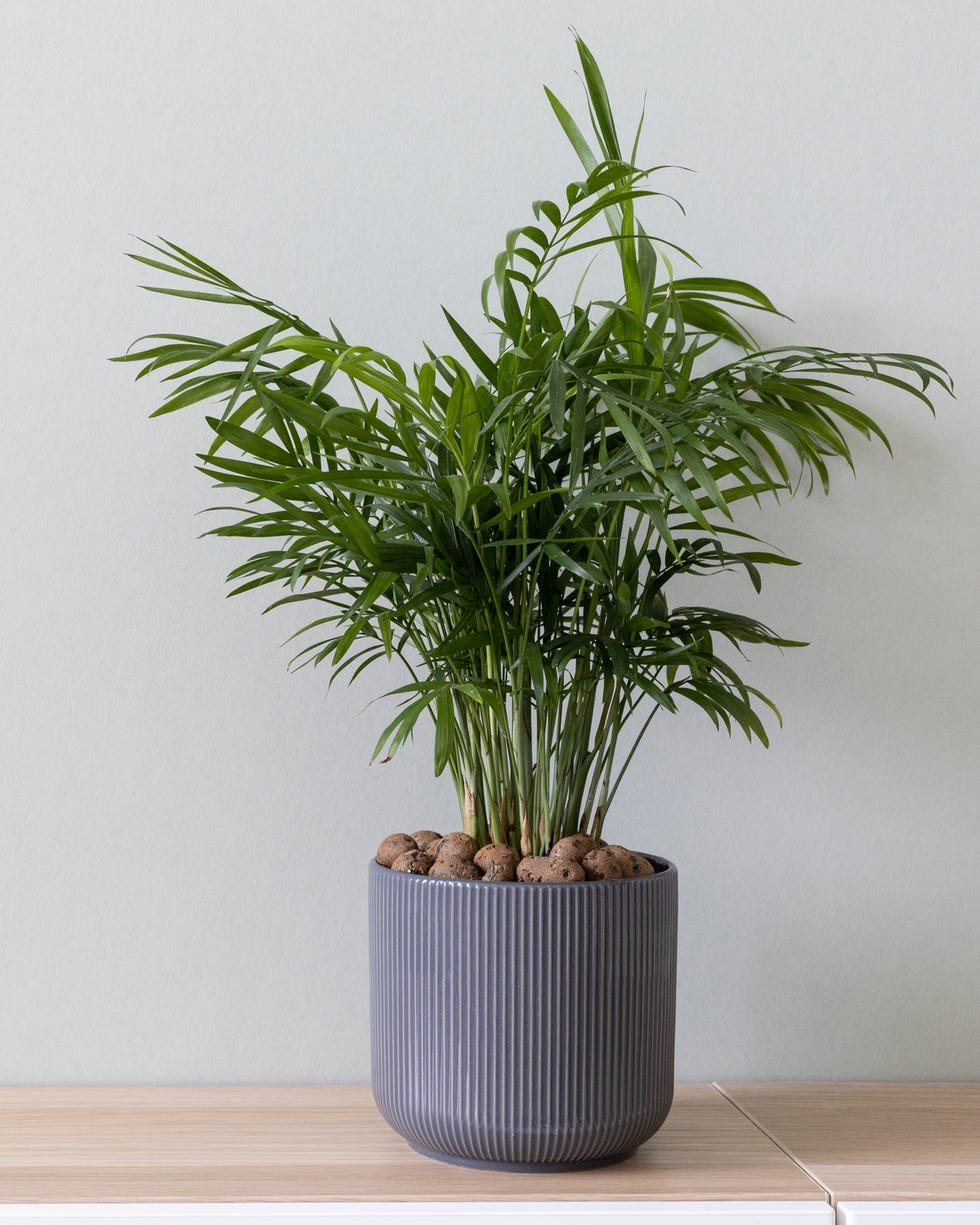Explore the Best Low-Light Indoor Plants for Easy and Stylish Home Decor
Explore the Best Low-Light Indoor Plants for Easy and Stylish Home Decor
Blog Article
Discover the Secrets of Low-Light Indoor Plants and How They Enhance Your Environment
Low-light interior plants have garnered raising interest for their special capability to enhance both visual charm and environmental top quality within homes and offices. These durable species, consisting of the Serpent Plant and Peace Lily, not only grow in tough illumination conditions yet additionally play a crucial duty in air purification and emotional wellness.
Benefits of Low-Light Indoor Plants
Although several people presume that interior plants need abundant sunshine to thrive, low-light interior plants offer a plethora of benefits that make them ideal for numerous environments. Among the key advantages is their flexibility; they can thrive precede with limited all-natural light, such as offices, basements, or areas with small home windows. This feature enables people to enhance their environments with greenery, adding to improved aesthetic appeals without the need for considerable illumination alterations.
Furthermore, low-light interior plants can considerably boost indoor air high quality by filtering system hazardous toxic substances and launching oxygen, making living areas healthier. Study has shown that specific selections can soak up pollutants, therefore advertising a cleaner atmosphere. Furthermore, they can boost mental well-being by minimizing stress and enhancing efficiency. The visibility of plants has actually been linked to better sensations of tranquility and focus.
Additionally, low-light plants typically need less maintenance than their sun-loving counterparts, making them ideal for busy people or those brand-new to gardening. Their resilience allows them to love marginal treatment, therefore offering a gratifying experience for plant enthusiasts and amateurs alike. In recap, low-light indoor plants serve both visual and useful functions, making them important additions to any room.
Leading Low-Light Plant Ranges
Low-light indoor plants come in a selection of types, each offering distinct characteristics and advantages fit for dim environments. Amongst one of the most prominent varieties is the Serpent Plant (Sansevieria), understood for its air-purifying capabilities and architectural fallen leaves. This resilient plant grows on overlook and can endure a variety of light problems.
One more superb option is the ZZ Plant (Zamioculcas zamiifolia), which includes glossy, dark environment-friendly fallen leaves and is highly drought-tolerant. Its versatility makes it a favorite for offices and homes with minimal sunlight.
The Pothos (Epipremnum aureum) is additionally a top challenger, with its trailing creeping plants and heart-shaped leaves - Best low-light indoor plants. This flexible plant can be educated to climb or waterfall, adding aesthetic interest to any kind of area

Treatment Tips for Low-Light Plants
Looking after low-light indoor plants requires a nuanced understanding of their certain needs to make certain ideal development and vitality. It is vital to select the appropriate potting mix, as a well-draining soil is critical to stop origin rot. A blend created for houseplants, frequently having peat moss and perlite, works well for the majority of low-light varieties.
Watering is one more key element of care. Low-light plants typically call for less frequent watering compared to their sun-loving counterparts. It is recommended to inspect the leading inch of dirt; if it feels dry, it's time to water. Overwatering can bring about problems such as mold and mildew and origin decay.
Fertilization must be come close to with care. During the growing season, a diluted liquid fertilizer can be used monthly, yet in cold weather, many low-light plants enter dormancy and need little to no fertilizing.
Last but not least, it is very important to periodically clean the leaves to eliminate dust, enabling much better light absorption. By sticking to these treatment ideas, check this you can grow you could look here a thriving environment for your low-light indoor plants, improving both their appearance and durability.
Enhancing Air High Quality With Plants
Indoor plants play a substantial duty in boosting air top quality within homes and workplace rooms. Via the procedure of photosynthesis, these plants take in carbon dioxide and release oxygen, adding to a healthier ambience. In addition, particular low-light interior plants possess the ability to filter dangerous contaminants, such as trichloroethylene, formaldehyde, and benzene, which are frequently discovered in indoor atmospheres.

In addition, the visibility of interior plants can boost moisture levels, which assists minimize dry skin and respiratory issues, further improving total health. This capacity to improve air high quality not only advertises physical wellness however likewise supports psychological health.
Integrating low-light indoor plants right into your living and functioning areas can result in a more vibrant and stimulating environment (Best low-light indoor plants). Purchasing these natural air purifiers is a simple yet reliable method for improving indoor air quality and promoting a much healthier way of living
Developing a Tranquil Indoor Area
The combination of plants right into living areas not only improves air top quality yet likewise adds to a tranquil atmosphere. Low-light indoor plants, such as serpent plants and pothos, are especially efficient in creating a calm setting, as they thrive in conditions that may otherwise be inhospitable for various other greenery. Their lush foliage gives a calming visual, decreasing stress and anxiety and promoting leisure.
Incorporating these plants right into your home or office can stimulate a feeling of peace and well-being. Purposefully placing them in locations where you invest considerable time, such as living offices or rooms, enables for an immersive experience with nature, which has actually been shown to enhance state of mind and cognitive feature.
Furthermore, the mild movement of leaves in feedback to airflow can produce a vibrant aesthetic element that improves the general setting. Consider utilizing a selection of plant elevations and textures to add depth and passion to your room. With thoughtful placement and care, low-light indoor plants can change any kind of area into a peaceful shelter, cultivating not just aesthetic complete satisfaction however psychological and also emotional wellness.

Conclusion
Including low-light indoor plants right into various settings yields considerable advantages, including boosted air quality and improved visual charm. These durable species not only prosper in minimal light however additionally contribute to a soothing atmosphere, promoting mental and psychological health. By selecting proper selections and executing correct treatment techniques, individuals can efficiently grow a peaceful interior room that fosters well-being and productivity. The transformative power of low-light plants highlights their worth in boosting both job-related and residential settings.
Although many people assume view that interior plants call for plentiful sunlight to thrive, low-light indoor plants supply a plethora of advantages that make them excellent for different atmospheres.Furthermore, low-light indoor plants can significantly boost interior air high quality by releasing and filtering unsafe contaminants oxygen, making living areas healthier. Additionally, particular low-light interior plants have the ability to filter hazardous pollutants, such as formaldehyde, benzene, and trichloroethylene, which are commonly discovered in indoor settings.
Low-light interior plants, such as snake plants and pothos, are specifically reliable in developing a tranquil atmosphere, as they thrive in problems that may or else be unwelcoming for various other greenery.Integrating low-light interior plants right into numerous environments yields significant benefits, including improved air quality and improved aesthetic allure.
Report this page